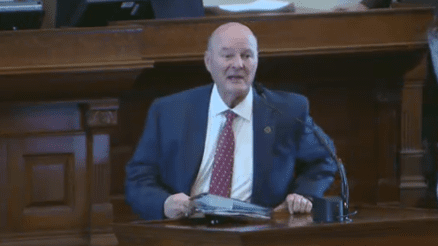Fetal surgery a window to Life in the womb, gives babies hope for survival
When fetal surgery was first introduced in 1981, doors of possibility and hope for otherwise fatal fetal anomalies burst open. No longer did the chance to intervene begin at birth; now doctors could address life-threatening issues while the baby was still inside of her mother’s womb.
Dr. Scott Adzick, Chief of Surgery at the Children’s Hospital of Philadelphia, explains:
Fetal surgery started thirty years ago. The idea rose out of the frustration of taking care of babies after birth, and realizing that you were too late, that the damage had already been done. That you had to get to the baby earlier. And obviously getting to the baby earlier was when the baby was still inside the mom.
One story of hope after fetal surgery comes from a little boy named Elijah. At 20 weeks gestation, Elijah was diagnosed with a massive lung tumor, which quickly grew to be larger than his head. Without intervention the tumor was likely to kill Elijah before he was even born. Thankfully, doctors at the Children’s Hospital of Philadelphia were able to remove Elijah’s tumor during fetal surgery. Watch Elijah’s story here.
Thanks to the pioneering care of Dr. Michael Harrison, fetal surgery and the field of maternal-fetal medicine have become a more normalized element of obstetrical care. As a result, the rates of stillbirth and infant loss are improving.
The womb is a healing and nurturing environment, conducive to recovery for babies who undergo surgery before birth. According to the American Heart Association, there is a period of gestation (during which fetal surgery is common) when the baby experiences “enhanced wound healing and the capacity for myocyte proliferation.”
Everywhere we look, the walls are closing in on the anti-Life stance that some humans are just “not compatible with Life.”
Tags: bioethics, technology




